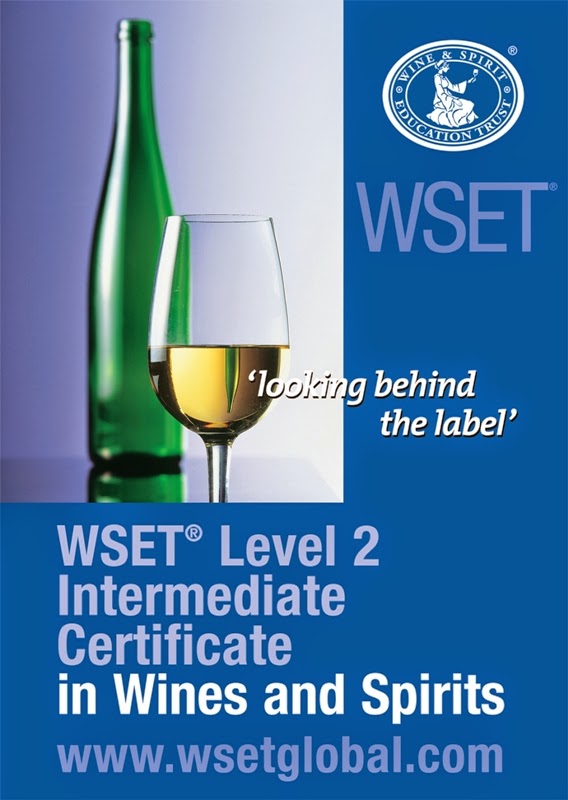Elegance is the word I associate with the New Zealand style
of Chardonnay. Forget the BOOM of the
late 90’s Aussie and Californian Chardonnays which packed a heavy oaky punch,
forget the association with Footballers Wives, these Chardonnays have a class
and sophistication which cannot fail to impress.

Chardonnay is grown in most of New Zealand’s vineyard areas but for me, the stand out wines come from the east of the North Island around Hawkes Bay and Gisborne. Unusually, many of these wines are grown on predominately flat, fertile land but the management techniques employed in the vineyard address any issue of excess vine vigour and overproduction. New Zealand celebrates the skills of the winemaker more than the land it is grown upon – a reversal of the importance of the French acclaims of ‘terroir’. The importance of soils is however becoming more recognised and in particular, the sub-region of Gimblett Gravels is producing some very complex wines with the characteristics being attributed equally to the gravel based soils.
These regions have a high rate of sunshine hours (average 2188
hrs compared to Burgundys’ 1919 hrs) leaving the heralded winemaker with the
challenge of balancing ripeness of the grape against the desired acidity which
contributes to the elegance of the wines.
Techniques in the winery add to the sense of precision of these
wines. Oak is used to gently compliment
the wines rather than overpower. The
wines are often left on their lees (the used yeast cells from the fermentation
process) giving an additional weight to the wine. Malolactic fermentation (conversion of
harsher malic acids to lactic acids) is not routinely used.
New Zealand wines have been one of the front runners in the introduction
and use of screwcaps. First introduced
in 2001, most of the wines from these regions will be bottles in screwcap.
All together, these factors produce a range of fantastic
Chardonnays which I urge you to try.
Match with most foods, these wines have flavour, weight and complexity
to match many vegetable, fish, poultry or pork dishes. They are also perfect with cheese.
Please see the Recommendations page of the website for
examples of wines from these regions.
www.thewinewisecompany.com














